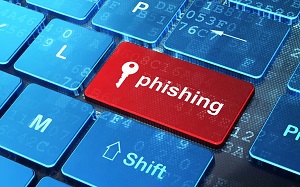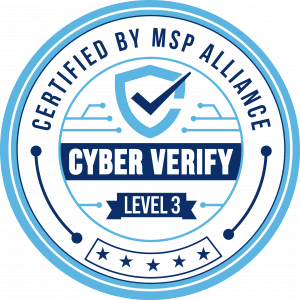
Phishing attempts are a prevalent and dangerous form of cyber attack that aims to deceive individuals into divulging sensitive information such as passwords, credit card numbers, and other personal data. These deceptive messages can appear in various forms, including emails, text messages, and phone calls. Understanding how to identify and respond to phishing attempts is crucial for maintaining cybersecurity.
Identifying Phishing Attempts
Phishing attempts often exhibit certain telltale signs that can help you recognize them before falling victim. Here are some key indicators to watch for:
- Suspicious Sender Addresses: Phishing emails often come from addresses that look legitimate but have slight variations. For example, an email from “support@bank.com” might be spoofed as “support@b4nk.com.”
- Urgent Language: Phishing messages frequently use urgent or alarming language to prompt immediate action. Phrases like “Your account will be locked!” or “Immediate action required!” are common.
- Unexpected Attachments or Links: Be wary of emails or messages that contain unexpected attachments or links, especially if they claim to be invoices, receipts, or other documents requiring your attention.
- Generic Greetings: Phishing emails often use generic greetings such as “Dear Customer” instead of addressing you by name.
- Poor Grammar and Spelling: Many phishing attempts originate from non-native speakers and may contain grammatical errors or awkward phrasing.
Responding to Phishing Attempts
If you suspect that you have received a phishing attempt, it is important to respond appropriately to mitigate any potential damage. Here are steps to take:
- Do Not Engage: Avoid clicking on any links or downloading attachments from suspicious messages. Do not reply to the sender.
- Report the Phishing Attempt: Most email providers have options to report phishing emails. Use these tools to alert your provider and help prevent future attacks.
- Change Compromised Passwords: If you have inadvertently provided sensitive information, immediately change the passwords for any affected accounts.
- Notify Affected Parties: Inform any individuals or organizations that may be impacted by the phishing attempt. This includes your employer, bank, or other relevant entities.
- Review Security Protocols: Conduct a thorough review of your security measures to ensure they are up to date. Implement additional safeguards if necessary.
Training and Prevention
Preventing phishing attacks requires ongoing vigilance and training. Here are some strategies to enhance your defenses:
- Employee Training: Regularly train employees to recognize phishing attempts and understand the importance of reporting suspicious messages. Use simulated phishing exercises to test their awareness.
- Email Filtering Tools: Implement advanced email filtering tools that can detect and block known phishing sources. These tools can significantly reduce the number of phishing emails that reach your inbox.
- Multi-Factor Authentication (MFA): Use MFA to add an extra layer of security to your accounts. Even if a password is compromised, MFA can prevent unauthorized access.
- Regular Updates: Keep all software and systems updated to protect against vulnerabilities that phishing attacks may exploit.
By staying vigilant and proactive, you can effectively identify and respond to phishing attempts, safeguarding your sensitive information and maintaining robust cybersecurity.






